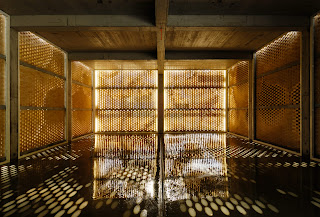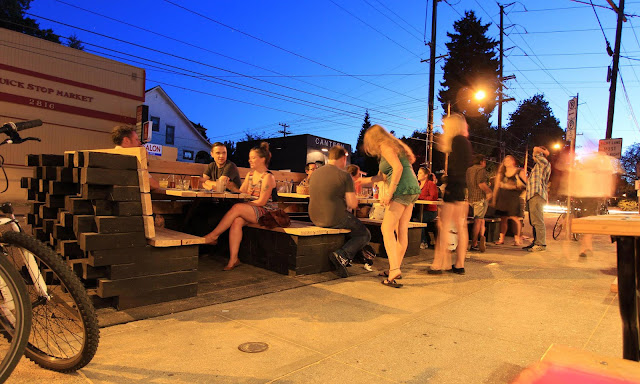Play with light and shadow using perforated metal facades
Perforated metal can be used in a vast range of applications, from agriculture to street furniture. But many architects have found success using perforated metals as a finishing feature for buildings. A perforated façade is a way to add a distinctive character to the building’s overall aesthetic, because it allows you to play around with light and shadow in an innovative way. These sheets of perforated metal can be built into a new building’s design, or used as part of a refurbishment process for older buildings. So what is the final effect and are there any advantages to this building material?

Advantages of perforated metals There are a number of strictly aesthetic reasons why designers might choose to work with perforated sheet metal as a building material. One of the primary reasons is the ability to control and interact with light, both natural and artificial. This opens up new doors of creativity and allows architects to create dynamic shapes, geometric designs, and evening lighting special effects. Media or video clips can be broadcast or moving shapes can be created depending on the way the perforated façade is set up. If you’re creating a site-specific building to host special events, this can be a distinct advantage.
Practical advantages
In addition to the aesthetic advantages offered by perforated facades, metal sheeting like this is also often a more cost-effective way to instantly upgrade an older building. You can visit the website www.actisfurio.com to get a feel for the different metal materials that can be used to create facades, including stainless steel, aluminum, copper, and brass. This provides a versatile and practical array of options. The perforated sheets can also be designed with a number of hole patterns to achieve the desired effect, whether you prefer round, square, or custom shaped patterns. Perforated panels are remarkably lightweight in comparison to solid sheets of metal, which puts less stress on the building’s existing structure. At the same time, it can help you control sunlight depending on its positioning, offering a shading solution. This can be used as part of an eco-friendly building plan.
The Bottom Line
Control temperature and sunlight, create dazzling optical patterns, and give an older building an instant makeover with the help of perforated metal facades. These simple, unique, customizable, and cost-effective building tools are a secret weapon in any architect’s toolbox.
Advantages of perforated metals There are a number of strictly aesthetic reasons why designers might choose to work with perforated sheet metal as a building material. One of the primary reasons is the ability to control and interact with light, both natural and artificial. This opens up new doors of creativity and allows architects to create dynamic shapes, geometric designs, and evening lighting special effects. Media or video clips can be broadcast or moving shapes can be created depending on the way the perforated façade is set up. If you’re creating a site-specific building to host special events, this can be a distinct advantage.
Practical advantages
In addition to the aesthetic advantages offered by perforated facades, metal sheeting like this is also often a more cost-effective way to instantly upgrade an older building. You can visit the website www.actisfurio.com to get a feel for the different metal materials that can be used to create facades, including stainless steel, aluminum, copper, and brass. This provides a versatile and practical array of options. The perforated sheets can also be designed with a number of hole patterns to achieve the desired effect, whether you prefer round, square, or custom shaped patterns. Perforated panels are remarkably lightweight in comparison to solid sheets of metal, which puts less stress on the building’s existing structure. At the same time, it can help you control sunlight depending on its positioning, offering a shading solution. This can be used as part of an eco-friendly building plan.
The Bottom Line
Control temperature and sunlight, create dazzling optical patterns, and give an older building an instant makeover with the help of perforated metal facades. These simple, unique, customizable, and cost-effective building tools are a secret weapon in any architect’s toolbox.







